 After a 4hr or 5hr flight over sea, our plane turned beautifully so I got a glimpse of the entire green island with its old volcanoes before coming in to land. And with the endless view of sea, you really do get the sense of isolation that allowed this island to develop its unique culture.
After a 4hr or 5hr flight over sea, our plane turned beautifully so I got a glimpse of the entire green island with its old volcanoes before coming in to land. And with the endless view of sea, you really do get the sense of isolation that allowed this island to develop its unique culture.I quickly found a hostel from the airport info desk, and we were picked up and given a quick tour of town by the owner before being dropped back at the hostel. I spent most of my time on the

 island with Carla, an English girl, who arrived on the same flight and had similar plans on visiting ruins. So we wandered back round town, down to the port area, and along the foreshore to see our first moai (statues) before enjoying a lovely fish dinner.
island with Carla, an English girl, who arrived on the same flight and had similar plans on visiting ruins. So we wandered back round town, down to the port area, and along the foreshore to see our first moai (statues) before enjoying a lovely fish dinner.Next day, after visiting the tourist office, picking up some maps and written guides (and booking our tour for the next day), we headed along the coast in the opposite direction, and up to the volcano and the ceremonial town of Orongo. This route took us past more toppled moai, a small port, a garden of native
 plants, and some ocean caves that were used in "birdman" religious ceremonies. And we reached the crater of the volcano (spectacular) and the archeolical ruins of the town of Orongo known for its birdman ceremonies.
plants, and some ocean caves that were used in "birdman" religious ceremonies. And we reached the crater of the volcano (spectacular) and the archeolical ruins of the town of Orongo known for its birdman ceremonies.OK some history/myths before I go further.... the island was first inhabited by people (probably polynesian) of a "sunken land" who came in double canoes. There was thought to be a second wave of immigration or possibly slaves
 brought from somewhere later. Over time clans and a society developed with some different classes. Somewhere along the way the carving of Moais (statues) and ahus (platforms) developed, with each clan having its own ceremonial centres. The Moais are thought to represent sucessive rulers of the clan, and were thought to have been built up over time. These moais where nearly all carved out of rock from one central quarry and mysteriously transported... It seems production of these maoi went mad... in total theres about 1000 on the island with about a third
brought from somewhere later. Over time clans and a society developed with some different classes. Somewhere along the way the carving of Moais (statues) and ahus (platforms) developed, with each clan having its own ceremonial centres. The Moais are thought to represent sucessive rulers of the clan, and were thought to have been built up over time. These moais where nearly all carved out of rock from one central quarry and mysteriously transported... It seems production of these maoi went mad... in total theres about 1000 on the island with about a third  found near platforms, others in transport or in the process of carving.
found near platforms, others in transport or in the process of carving.Its thought that this moai manufacture and transport led to dramatic deforestation and erosion on the island. And in turn to interclan and class rivalry, where diminishing resources led to clan wars, and eventually all the moai were toppled and several ahus destroyed. (So those we see standing on ahus have all been restored and are not original, just as the grassy and largely treeless land that we see today is
 quite different from the palm groves that researchers say were there.)
quite different from the palm groves that researchers say were there.)Another religion sprang up (or may have coexisted with the earlier statue building) known as the birdman cult. This centred around a man from each tribe competing in a yearly competion to climb up and down the cliffs, and swim out and get the first egg from a small island of the coast. The winning tribe then had the right to be the dominant tribe for the year, with the winner given a special title and power over
 others. There are many petroglyphs (rock carvings) and some rock paintings related to this religion. It was still practices until the 1800s when missionaries wiped it out.
others. There are many petroglyphs (rock carvings) and some rock paintings related to this religion. It was still practices until the 1800s when missionaries wiped it out.Ok... next day we went on a tour round the island with Patricio (our excellent guide) in his old cream combi, visiting various sites along the coast. He did a great job of explaining things, pointing out carvings, unique moai and other things we would otherwise have missed.
 The highlight for me would have to be the quarry area... amazing volcanic crater area where the half buried maoi (waiting for transport?) stand around like guards, and the other areas of stone carving where half finished moai dot the landscape. Wow.
The highlight for me would have to be the quarry area... amazing volcanic crater area where the half buried maoi (waiting for transport?) stand around like guards, and the other areas of stone carving where half finished moai dot the landscape. Wow.Onto the bay where a tsunami swept the statues inland in the 60s, but which now has a line of moai re-erected by the Japanese in return for rights for a crane ad! And onto the only real white sand beach of the island, which was home
 of the "royal" tribe (most direct decendents of the origin immigrants). All in all a great day. And to top it off, fish empanada and a movie on Easter Island
of the "royal" tribe (most direct decendents of the origin immigrants). All in all a great day. And to top it off, fish empanada and a movie on Easter IslandBefore leaving I also visited the museum which was quite informative, wandered thru souvenir shops and visited a local school festival. Saw turtles down in the harbour, watched surfers, and watched a fisherman fillet his two 25 kg yellowfin tunas. Lovely place to relax at the end of a
 long holiday.
long holiday.
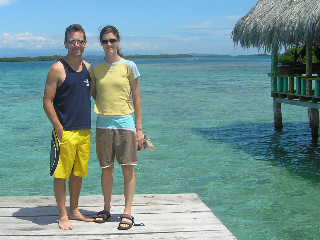


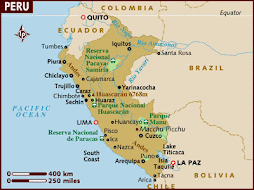

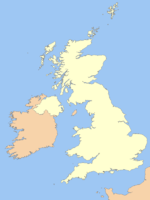

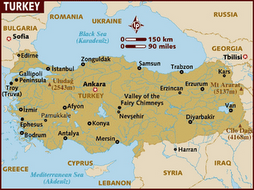
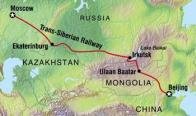

No comments:
Post a Comment